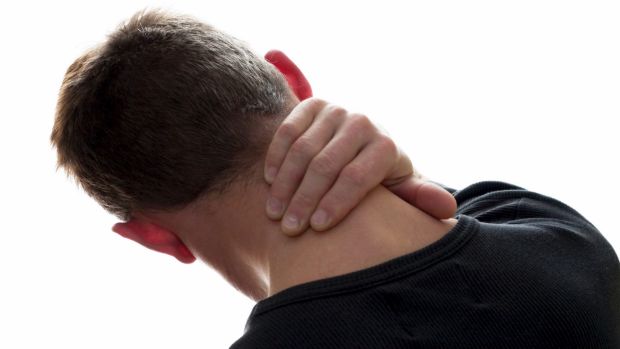
If rest is prolonged, adolescents worry because “they’re removed from their life support, their friends.” Photo: iStock
Experts recommend that young people who have suffered a concussion get one or two days of rest at home, until symptoms start resolving, before gradually returning to school and physical activity.
But scientific evidence to support this approach is sparse, and some doctors have recommended that young patients remain inactive for even longer periods after a concussion.
Now a randomised trial has compared the approaches and found that among a group of patients ages 11 to 22, those with a concussion who were prescribed strict rest for five days by staff members of an emergency department actually reported more symptoms than those told to rest for one or two days. Recovery was also slower for the group receiving stricter rest, researchers reported on Monday in the journal Paediatrics.
The study does not provide definitive guidance on how to manage paediatric concussions, experts say. But it does confirm that resting for longer than 24 to 48 hours is not beneficial for most young patients and suggests that “cocoon therapy” – which entails mostly lying in a dark room for multiple days – should not be recommended for most young people with mild traumatic brain injury.
“More isn’t always better,” said Dr Christopher Giza, a professor of paediatric neurology at Mattel Children’s Hospital at the University of California, who was not involved in the research. He added, “There was no advantage to prolonged rest.”
None of the study participants were admitted to the hospital, and the findings do not apply to patients with brain injuries so severe that they must be hospitalised.
The researchers had expected to find that more rest would be helpful. Instead, Dr Danny Thomas, a paediatric emergency medicine doctor at Children’s Hospital of Wisconsin who led the research, and his colleagues found that the patients advised to rest for five days reported more physical symptoms like headache and nausea in first few days, and more often experienced emotional symptoms like irritability and sadness over 10 days.
“There are potential adverse consequences if you over-restrict activity without respect to individual symptoms,” said Gerard Gioia, chief of paediatric neuropsychology at Children’s National Medical Centre in Washington, who was not involved with the study.
If rest is prolonged, adolescents worry because schoolwork is piling up, he said, and because “they’re removed from their life support, their friends.”
Symptoms in most young patients improve over time. “If you are restricting them beyond what they need,” Gioia said, “they start to get worried and think, ‘I can handle it, but I’m not being allowed.’ Then you might see mood changes or anxiety. “For the study, 88 young patients who came to the emergency department at Children’s Hospital of Wisconsin within a day of experiencing a concussion were advised to get cognitive and physical rest either for no more than 48 hours or for five days.
Each day, participants rated their symptoms. They also took computerised tests and paper exams to test their brain function. The researchers measured the participants’ ability to balance.
There was no difference between the groups in brain function or ability to maintain balance, the researchers found.
While praising the design of the study, Dr William Meehan, director of the Micheli Centre for Sports Injury Prevention noted that it was not a blind experiment.
“Those assigned to the strict rest group may have perceived themselves as sicker,” which could have influenced their reporting of symptoms, said Meehan, who wrote a commentary accompanying the study.
The available evidence suggests that young patients with a concussion should rest away from school and work for the first 24 to 48 hours, experts said. If symptoms are improving, the patients may slowly resume normal activity.
But a return to school sports or exercise where they might be at risk for another concussion should happen only after the patient has been cleared by a doctor with experience in concussion management.
“Ten years ago, we were doing very little management or restriction of activity, and kids were doing too much” after concussions, Gioia said. “I now see kids are actually being forced to do too little. The pendulum has to come back to the middle.”
The New York Times
